As beverage packaging becomes ever more dynamic and competitive, deciding between glass bottles, plastic containers, or metal cans can have significant ramifications on a brand’s market position. Packaging selection goes beyond mere cosmetics: it reveals an organization’s identity and commitment to sustainability, consumer appeal, and economic success. Each packaging option brings its own set of characteristics and implications for consideration. Glass bottles have long been associated with premium quality and environmental friendliness, but may come with higher costs and transportation considerations. Plastic containers offer flexibility and cost efficiency, yet raise environmental and consumer health issues. Metal cans may offer greater durability and recyclability but might not meet aesthetic expectations in certain market segments.
This introduction sets the stage for an in-depth exploration of these packaging options, examining their advantages, disadvantages, and possible impacts on a brand’s sustainability, appeal, cost-effectiveness, and overall cost structure. Understanding this complexity is paramount to making decisions that align with business goals while appealing to target audiences.
Section 1 Glass Packaging: The Premium Choice
Glass packaging stands as a testament to elegance and quality in the world of juice packaging. Revered for its classic appeal and superior material properties, glass is the go-to choice for brands aiming to project a premium image. This section delves into the myriad of benefits that make glass packaging an unparalleled option for juices, highlighting its key advantages that resonate with both consumers and producers alike.
1.1 Unmatched Quality and Purity
Glass is inherently non-reactive and chemically inert, making it the ideal material for preserving the taste, aroma, and quality of juice. Unlike some other materials, glass does not impart any flavors to the contents, ensuring that consumers enjoy the juice exactly as intended. This purity is not only a matter of taste but also a health benefit, as glass poses no risk of leaching harmful substances into the product.
The clarity and brilliance of glass bottles offer a visual appeal that is unmatched by other materials. This transparency not only allows the vibrant colors of the juice to shine through, appealing to the visual senses of consumers, but it also provides a canvas for creative branding and labeling. Premium juices in glass bottles stand out on shelves, attracting discerning customers who are drawn to quality and sophistication.
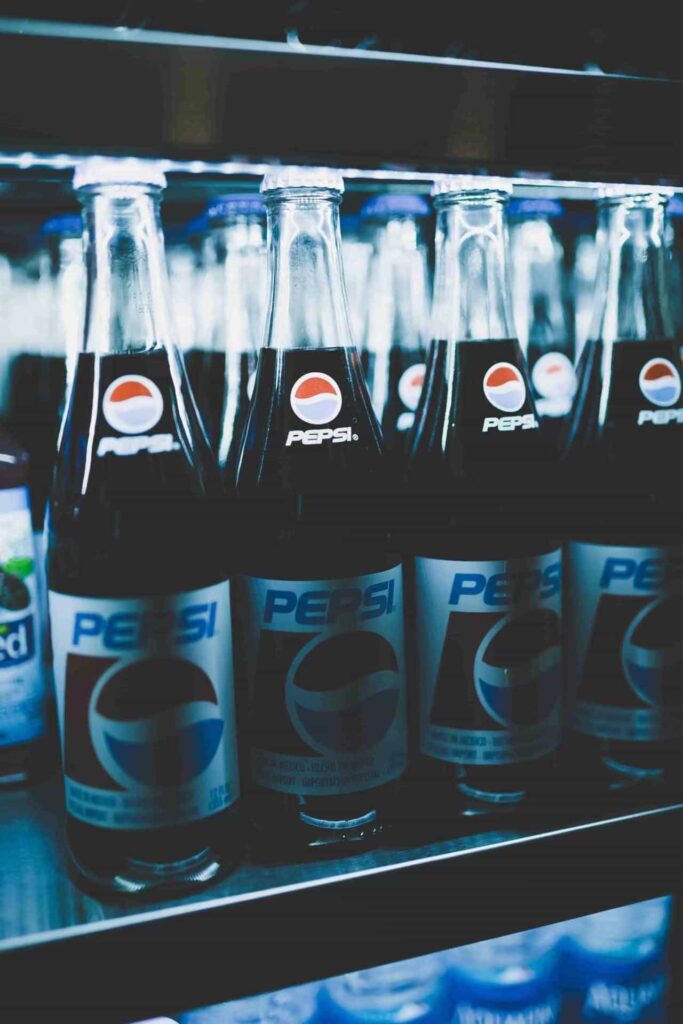
1.2 Sustainability and Eco-Friendliness
In today’s environmentally conscious market, glass packaging hits the mark with its eco-friendly credentials. Fully recyclable and often made from a significant proportion of recycled material, glass bottles align with the growing demand for sustainable packaging solutions. This commitment to the environment does not go unnoticed by consumers, who are increasingly making purchase decisions based on ecological impact.
The robustness of glass packaging extends beyond its resistance to chemical reactions; it is also physically durable. Glass bottles can withstand the rigors of transport and handling, ensuring that the product reaches the consumer in pristine condition. Moreover, the reusability of glass bottles adds an extra layer of appeal, both for environmentally-minded consumers and for brands looking to engage in return-and-refill schemes.
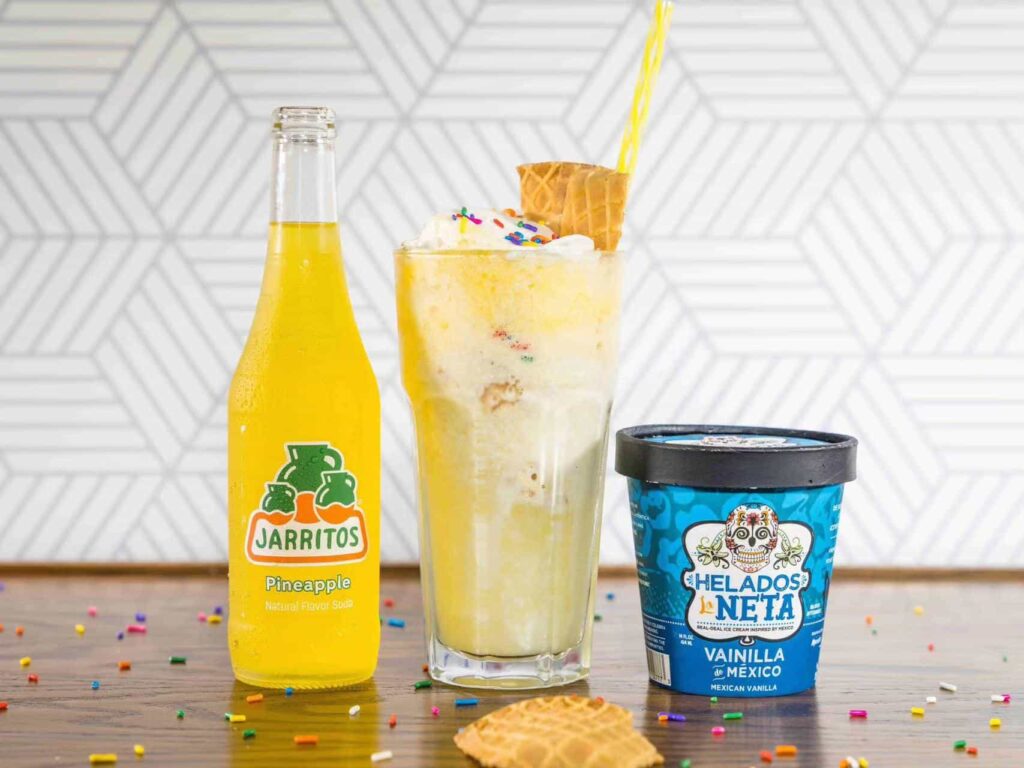
1.3 Customization and Versatility
Glass bottles are not just about traditional designs; they offer immense versatility in terms of shape, size, and color. This ability to customize allows juice brands to create unique packaging that reflects their identity and differentiates their products in a competitive market. Whether it’s sleek and modern or classic and vintage, glass packaging can be tailored to embody the essence of the brand.
Section 2 Considerations for Glass
Indeed, while glass packaging for juice presents several advantages, it’s important to consider the challenges it brings, particularly in terms of cost and logistics. The higher cost and weight of glass compared to other materials can lead to increased transportation expenses. However, these challenges can be strategically managed, especially for brands aiming at the premium segment of the market.
2.1 Enhancing Brand Perception and Customer Loyalty
For brands targeting premium markets, investing in glass packaging can be a significant differentiator. The elegance and quality perception of glass bottles can elevate a product’s status, aligning it with luxury and exclusivity. This perceived value can enhance brand perception, leading to increased customer loyalty. Customers who buy premium products often seek not just quality in the product but also an experience that resonates with their lifestyle and values. Glass packaging for juice can deliver this experience, reinforcing brand identity and creating a loyal customer base.
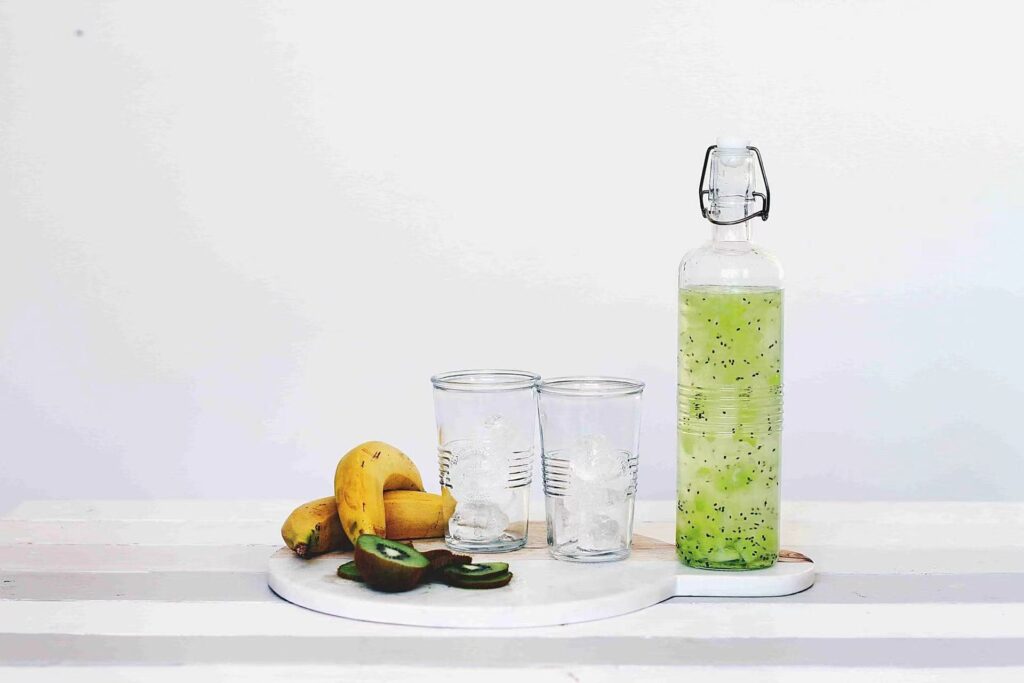
2.2 Mitigating Costs Through Strategic Supplier Choices
One effective way to address the cost implications of glass packaging is through the careful selection of a glass bottle supplier. Partnering with the right supplier can lead to cost savings in several ways:
○ Bulk Purchasing: Buying wholesale glass bottles in bulk can significantly reduce the unit cost. Suppliers often offer competitive pricing for large orders, making bulk purchases an economically viable option.
○ Supplier Relationships: Building a long-term relationship with a supplier can lead to better pricing, terms, and services. Suppliers are more likely to provide favorable conditions and flexibility to loyal customers.
○ Logistics and Supply Chain Efficiency: A supplier with an efficient supply chain can reduce shipping and handling costs. Some suppliers might offer logistical advantages, such as proximity to major transport routes or warehousing options, which can further reduce expenses.
○ Quality Assurance: A reputable supplier ensures high-quality products, reducing the risk of breakage and waste, which can add to costs. Consistent quality also upholds the brand’s reputation among consumers.
○ Sustainability Initiatives: Some glass bottle suppliers are engaged in sustainability efforts, such as using recycled materials, which can be aligned with a brand’s environmental goals. This not only reduces the ecological footprint but can also be a selling point for environmentally conscious consumers.
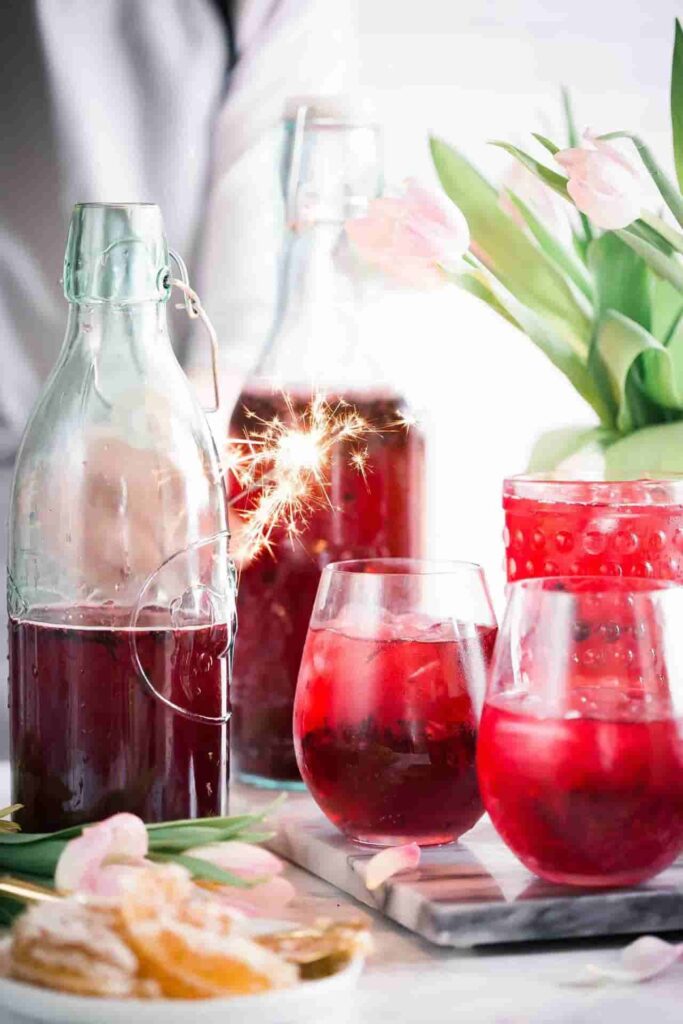
While glass packaging incurs higher costs and logistical challenges, its benefits in terms of brand enhancement and customer appeal are significant, especially for premium brands. By choosing the right supplier for wholesale glass bottles like Smilebottles, brands can mitigate costs and achieve a win-win situation, capitalizing on the premium appeal of glass while managing expenses efficiently. This strategic approach allows brands to enjoy the best of both worlds – the premium quality of glass packaging and the cost-effectiveness of a well-managed supply chain.
Section 3 Compare Glass Packaging, Plastic Packaging, and Aluminum Can Packaging for the Beverage Industry
It’s crucial to know the different size standards in North America when dealing with glass bottles or jars. These standards are crucial in ensuring products meet regulatory and market requirements.
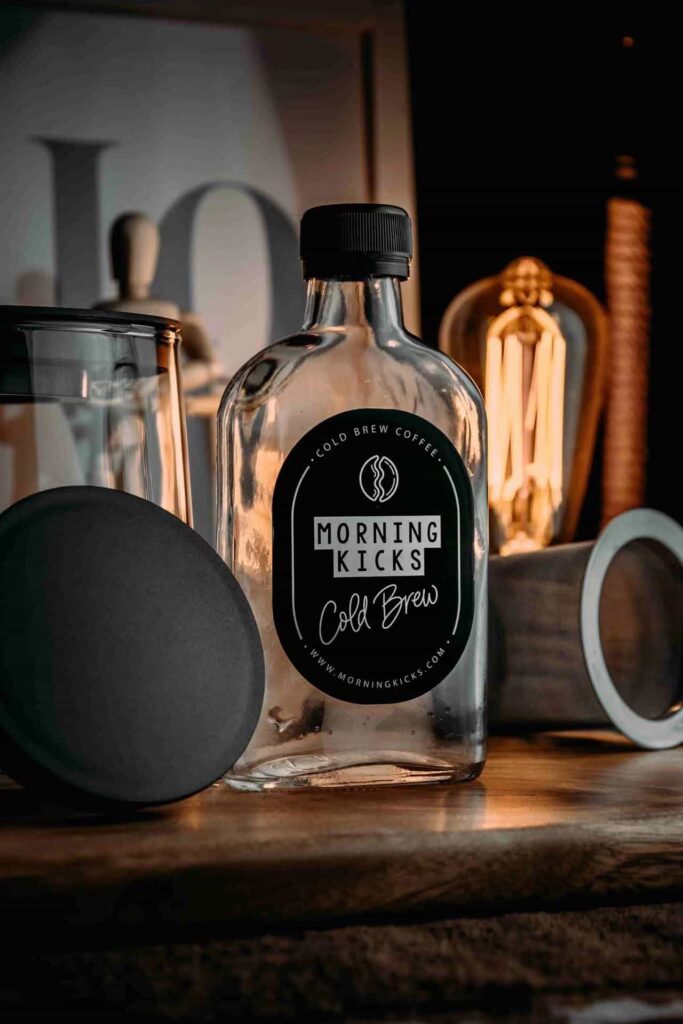
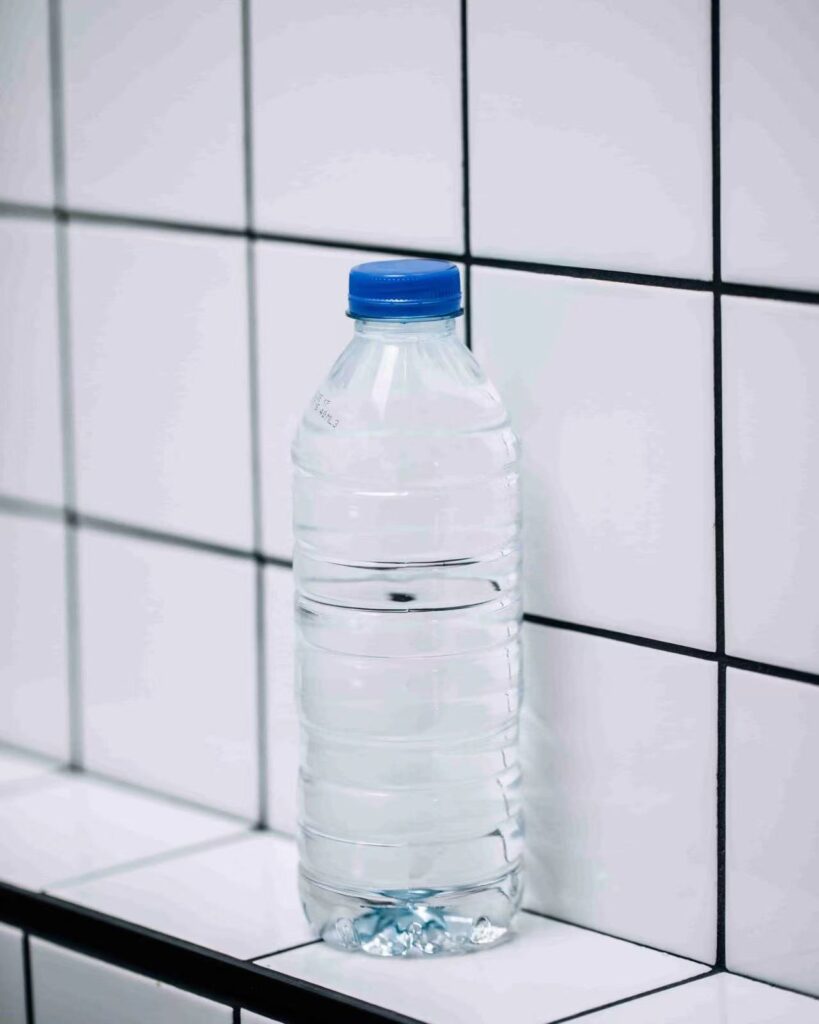
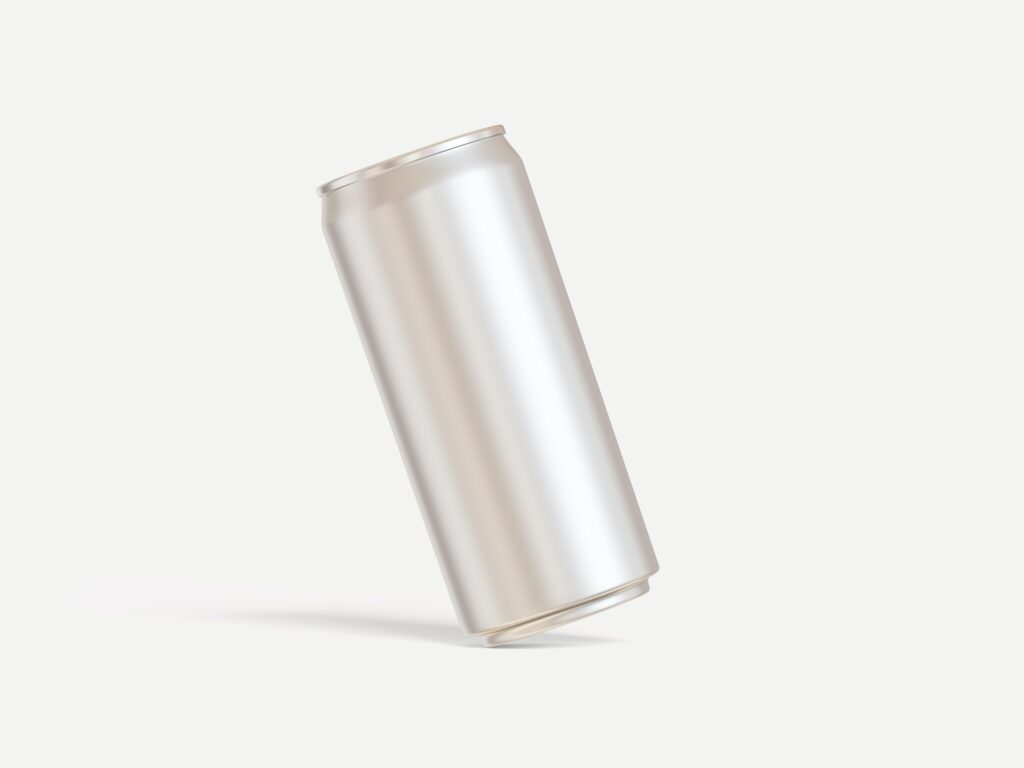
Packaging Method
Glass Packaging
Plastic Packaging
Aluminum Packaging
Material Characteristics
○ Non-reactive and chemically inert
○ Preserves taste and quality of contents
○ Transparent and visually appealing
○ Lightweight and shatter-resistant
○ Flexible, allowing for a variety of shapes and sizes
○ Potential for chemical interaction with contents
○ Lightweight and durable
○ Completely opaque, protecting contents from light
○ Excellent barrier against air and moisture
Environmental Impact
○ Recyclability varies; some plastics are not recyclable
○ Often made from non-renewable petroleum products
○ Contributes significantly to ocean and land pollution if not disposed of properly
○ Recyclability varies; some plastics are not recyclable
○ Often made from non-renewable petroleum products
○ Contributes significantly to ocean and land pollution if not disposed of properly
○ Highly recyclable with less energy required than initial production
○ Recycled content is often used in manufacturing
○ Efficient recycling reduces the overall environmental footprint
Cost Considerations
○ Generally more expensive due to material and transportation costs
○ Higher durability can offset costs through reuse
○ Cost-effective in terms of production and transportation
○ Lower durability and potential environmental taxes can increase costs
○ Moderate cost, balancing material and recycling efficiencies
○ Economical for transportation due to lightweight
Consumer Perception and Market Trends
○ Perceived as high-quality and premium
○ Preferred for preserving taste in products like craft beverages
○ Growing demand in segments valuing sustainability
○ Convenient and widely accepted
○ Facing consumer backlash due to environmental concerns
○ Innovations in bioplastics gaining interest
○ Increasingly popular for its recyclability
○ Favored in fast-moving consumer goods and outdoor events
○ Perceived as modern and convenient
Suitability for Products
○ Ideal for premium and artisanal beverages
○ Suitable for acidic and carbonated drinks
○ Versatile for a wide range of beverages
○ Not always suitable for highly carbonated or hot-fill products
○ Excellent for carbonated drinks
○ Not ideal for products requiring visibility of contents
Each packaging type offers its own set of advantages and disadvantages; therefore, making the right selection depends on factors like beverage needs, brand identity, target market needs, environmental considerations, and recycling considerations. Glass offers premium quality and sustainability; plastic provides versatility and cost-effectiveness while aluminum stands out due to its recyclability and durability; ultimately this decision should reflect brand values, target audience preferences, and overall market strategy.
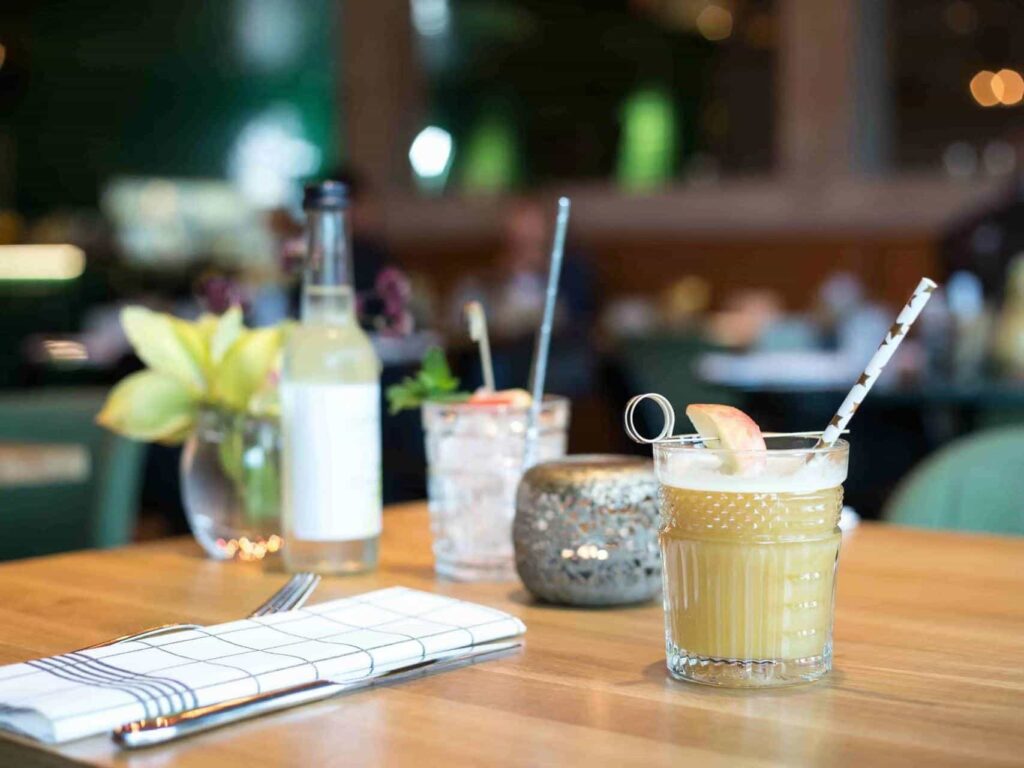
Conclusion
Determining the ideal packaging solution for your juice product–be it glass bottles, plastic containers, or metal cans–depends on several factors. While glass bottles offer an elegant and eco-friendly solution suitable for premium brands, plastic offers cost-sensitive markets more cost-efficient solutions while metal cans provide durability with extended shelf life.
Retailers and wholesalers of empty glass bottles must understand these nuances to advise clients and make inventory decisions effectively. Furthermore, staying current on packaging trends is critical for making strategic choices that reflect both brand values and customer needs.
Smilebottles stands as an industry leader in glass packaging in providing quality and reliable bulk empty glass beverage bottles at competitive rates. Through their dedication to producing top-of-the-line glasses that suit a range of beverages, Smilebottles ensures quality, durability, and customer satisfaction are always at the forefront of their offerings.










